What to know about refugees
When refugees flee war, violence and persecution, they leave behind their homes, possessions, jobs and loved ones. They may be injured while fleeing, experience human rights violations, or witness violence against family members and friends. More than 120 million people are displaced globally — an unprecedented number — and need our support.
UNHCR, the UN Refugee Agency, has been protecting people forced to flee conflict and persecution for more than 70 years. Learn more about who refugees are, how UNHCR protects and advocates for refugees and how you can support them.
1. Who is a refugee?
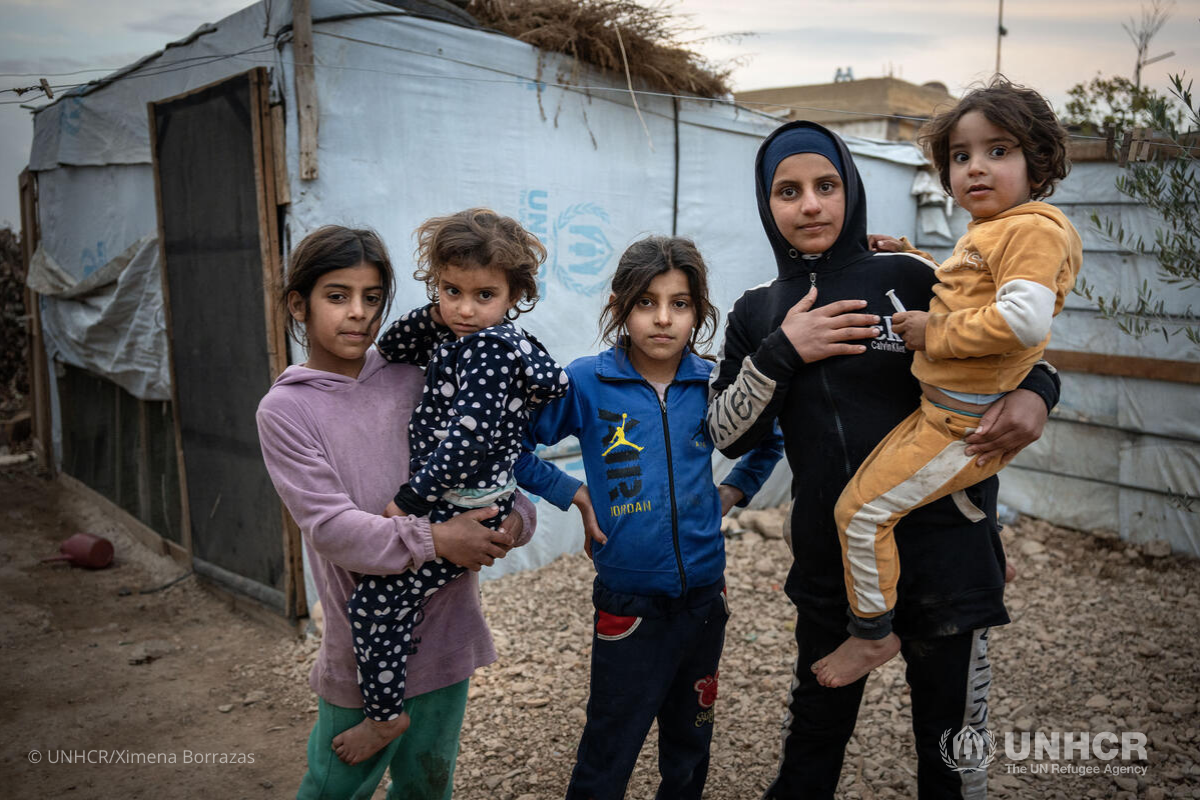
A refugee is someone who has been forced to flee their country because of persecution, war or violence. As a result, they require international protection from another country since their home country is unable or unwilling to protect them.
Refugees are different from asylum seekers who seek sanctuary in another country and are still awaiting a decision on their request for international protection. Refugees are also different from internally displaced persons (IDPs) who flee their homes but never cross an international border.
Refugees are also different from migrants because while refugees are forced to flee violence and persecution, migrants choose to move often to improve their lives through work opportunities, education, family reunification or other reasons.
2. Where are refugees from and where do they live?
Of the more than 43.7 million refugees who were displaced globally by mid-2024, nearly three in four came from just five countries: Afghanistan, Syria, Venezuela, Ukraine and Sudan.
A common misconception is that refugees flee to high-income countries in North America and Europe. In reality, 69 percent of all refugees are hosted in countries neighboring their countries of origin. Most refugees want to return home once it is safe to do so.
Low- and middle-income countries support a disproportionately large share of the world’s displaced people, hosting 75 percent of the world’s refugees despite having significantly smaller GDPs and limited resources.
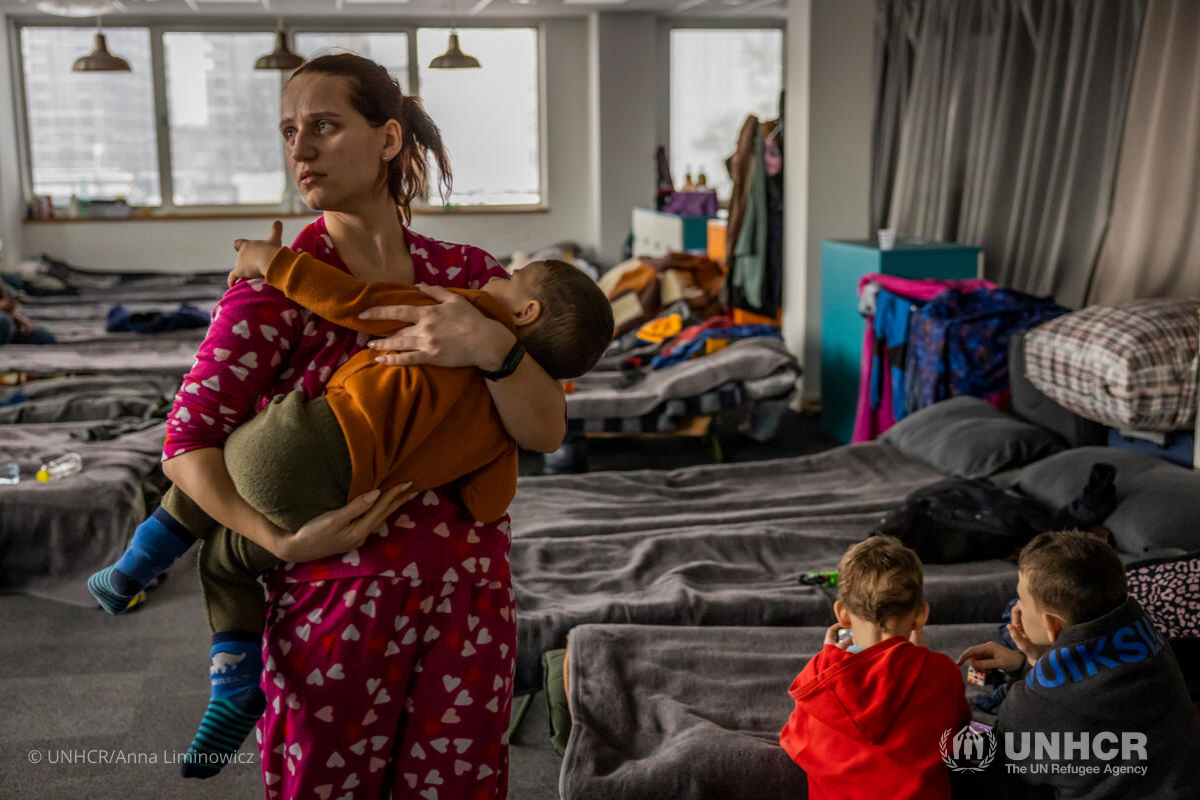
Another common misconception is that all refugees live in refugee camps. Only 15 percent of refugees live in camps, while the majority of refugees live in cities, where they have more opportunities to find employment and access essential services like schools and healthcare. However, living conditions in cities pose significant challenges as refugees often share accommodations or live in informal settlements with substandard conditions.
3. What challenges do refugees face?
After refugees flee, they may struggle in their new host countries to secure clean water and food, find stable housing and employment, learn a new language and adapt to new cultures and customs.
Accessing education: A drastic change in environment can be difficult for children under the age of 18, who make up 40 percent of all refugees. Of the 14.8 million school-aged refugee children who are displaced, 51 percent are estimated to be out of school, meaning more than 7 million refugee children are currently missing out on an education. Without access to quality education, refugee children fall behind their peers and are unable to pursue their dreams in a safe and stable environment.
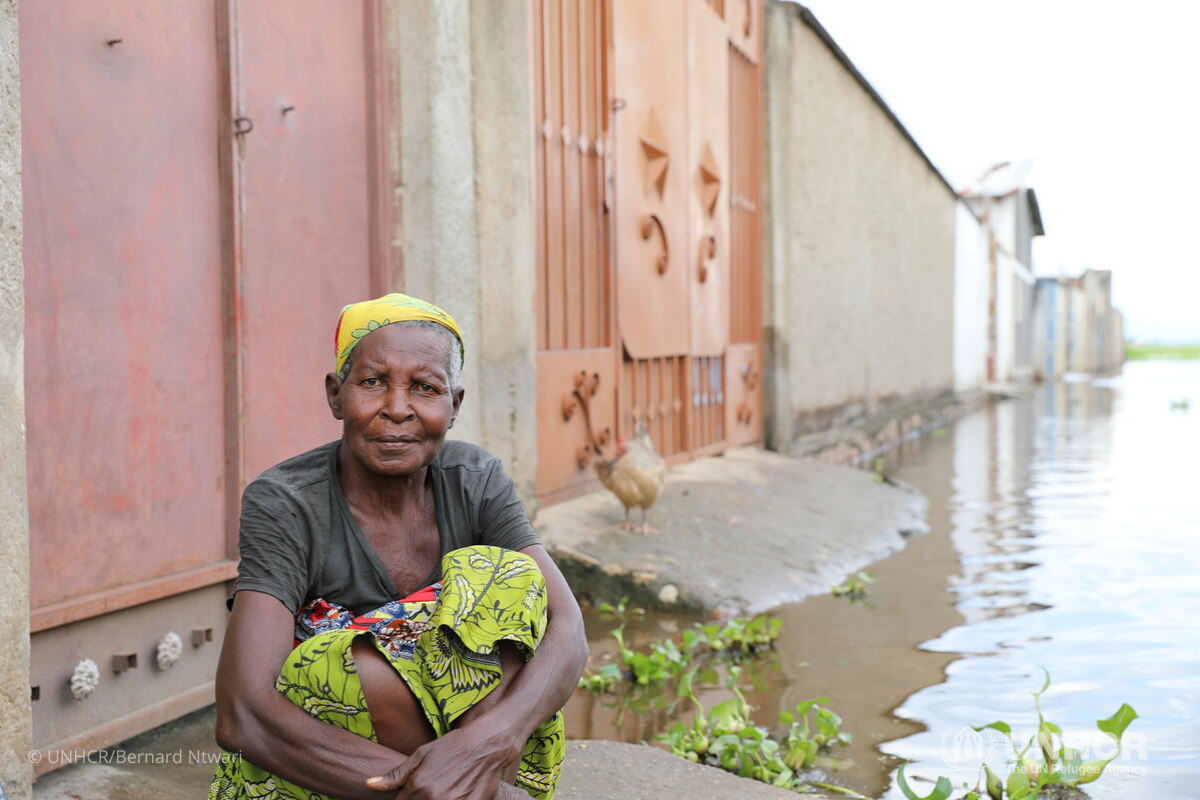
Climate change impacts: Over 70 percent of refugees and internally displaced people come from or live in countries that are most vulnerable to the impacts of climate change. According to a 2024 UNHCR report, by 2040, the number of countries facing extreme climate-related hazards is expected to rise from three to 65, the vast majority of which host displaced people. Similarly, most refugee settlements and camps are projected to experience twice as many days of dangerous heat by 2050.
Gender- and sexuality-based violence: Women and girls, who make up around half of the displaced population, face higher risks of gender-based violence and intimate partner violence. According to UN Data, reports of conflict-related sexual violence increased by 50 percent in 2023 compared to the previous year. Women and girls accounted for 95 percent of verified cases. Similarly, refugees who identify as lesbian, gay, bisexual, transgender, queer, intersex, asexual and other marginalized sexual and gender identities (LGBTQIA+) face increased risks of sexual and physical assault, discrimination and limited access to essential resources, including safe spaces and aid that is appropriate for their gender identity.
4. What rights do refugees have?
Refugees are highly vulnerable because they lack the protection of their own countries and face immense challenges to their safety and well-being while fleeing. The 1951 Refugee Convention and its 1967 Protocol are the cornerstone of refugee protection and the key legal documents that form the basis of UNHCR’s work. As of 2024, 149 countries are parties to the 1951 Refugee Convention or its 1967 Protocol.
The 1951 Convention provides the internationally recognized definition of a refugee and outlines the legal protection, rights and assistance refugees are entitled to. UNHCR helps governments translate these legal documents into national laws to ensure refugees are protected and can exercise their rights, including the right to housing, work and education.
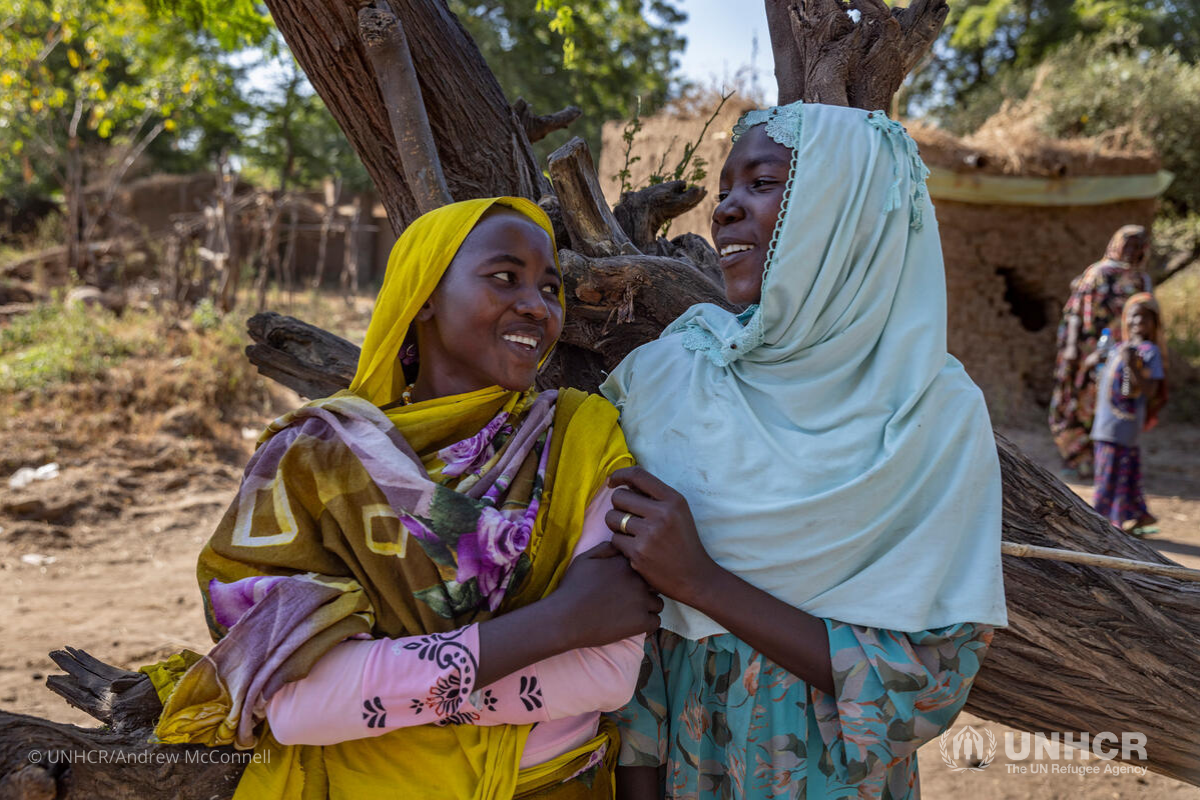
Seeking asylum is a human right; everyone in the world has the right to apply for asylum if they are fleeing conflict or persecution. Refugees are also protected from being expelled from a country or returned to situations where their lives or freedoms would be in danger. The principle of non-refoulment, which asserts that a refugee should not be returned to a country where they face serious threats to their life or freedom, is one of the core principles of the 1951 Convention.
5. What is UNHCR doing to support refugees?
UNHCR protects refugees, advocates for their rights and works with governments and partners to find long-term solutions so they can find a safe place to call home.
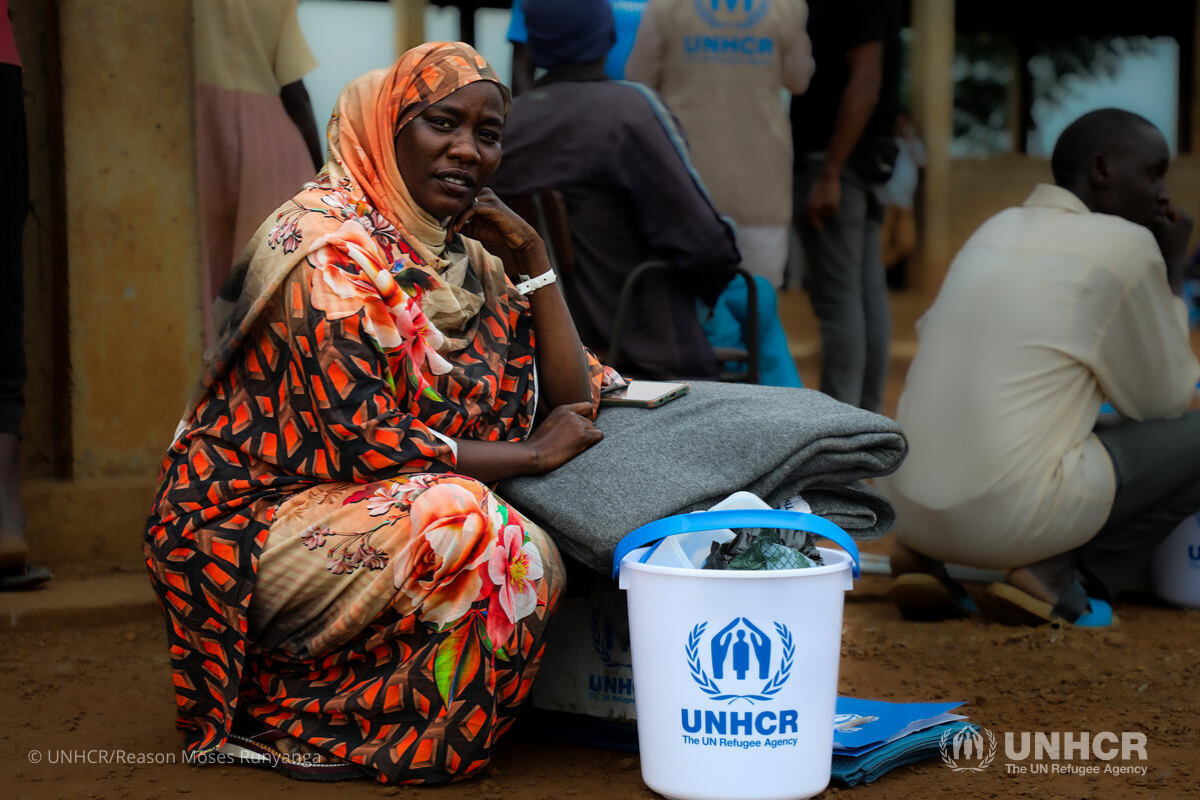
Respond in emergencies: Operating in 136 countries, UNHCR can respond within 72 hours of an emergency. Together with partners, UNHCR staff are on the frontlines, providing the basics for survival, including shelter, water and medical care and advocating for their protection and right to seek safety.
Safeguard their rights: While most people who become refugees want to return home, it is often unsafe to do so for years, if not decades. UNHCR helps host countries ensure refugees can access their right to education and healthcare. UNHCR also helps refugees access livelihoods so they can live with greater independence and contribute to their communities.
Find long-term solutions: UNHCR convenes and works with the international community to find long-term solutions. This includes supporting people to voluntarily return to their home country once it is safe to do so, integration into the host community, and resettlement and integration in a third country.
How to Help
UNHCR, the UN Refugee Agency, supports refugees fleeing violence, war and persecution. Our donors help refugees in their greatest time of need with shelter, food, water and medical care, and their support builds awareness for resettled refugees living in the U.S. With your help, more refugees will have the opportunity to build peaceful lives and give their families a bright future.


